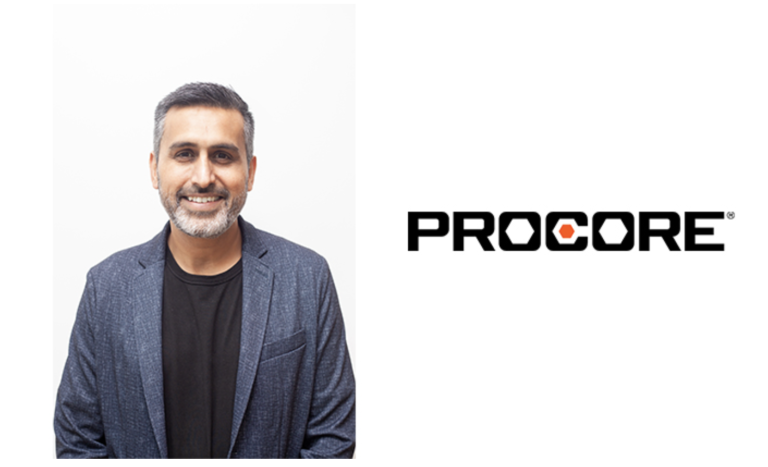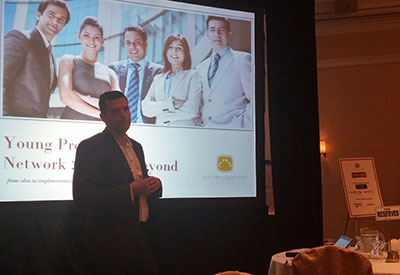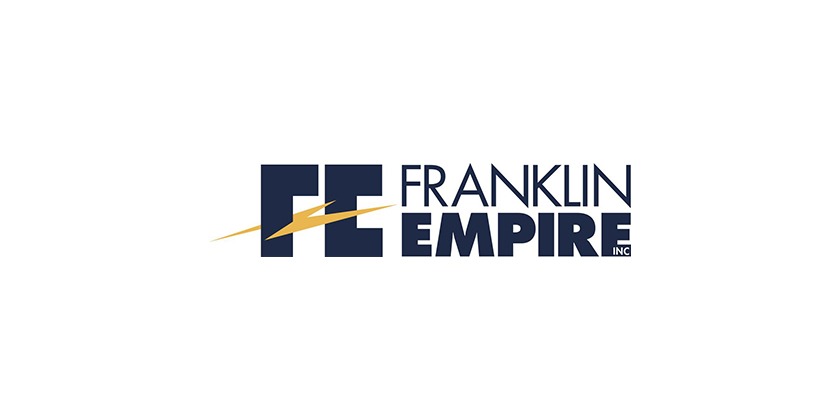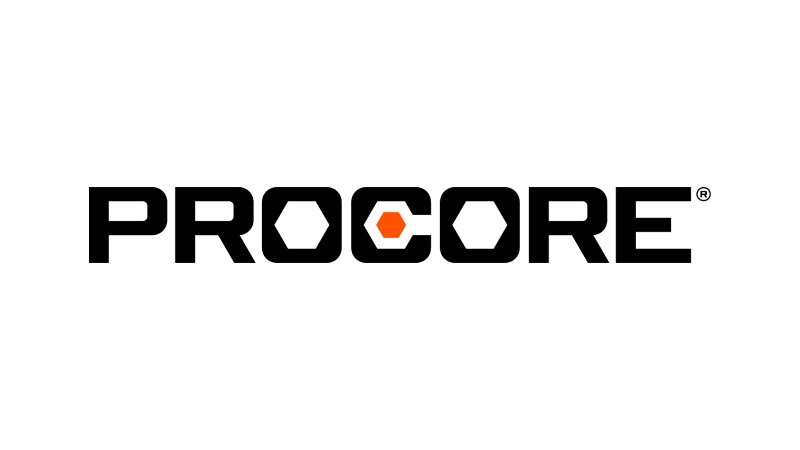La rétention du personnel : Quoi faire pour garder vos employés?

Nous connaissons tous la valeur d’avoir de bons employés. Ceux qui sont motivés, loyaux, qui ont l’esprit d’équipe et appuient leurs collègues pour s’assurer que l’organisation performe à son meilleur. Au final, l’environnement de travail est mieux pour tout le monde, le moral et la créativité sont à la hausse, tout roule. Mais quoi faire pour garder ces employés chez vous. Voici cinq idées qui devraient retenir votre attention. Offrir un plan de carrières, flexibilité sur les horaires de travail, des incitatifs autres que monétaires, la reconnaissance et le respect et finalement une culture organisationnelle où l’employé a l’impression qu’il est important et que ce qu’il fait l’est aussi. En bref, vous devez répondre à leurs besoins et leurs attentes et comprendre ce qui les inspire.
We all know the value of good employees. The ones who are self-motivated, loyal to the company, and are team players willing to support others to make the organization the best it can be. This translates into a better working environment for all, increased morale and productivity, and a better customer experience, which impacts of course on bottom line and/or recognition for the company.
But how do you plan to keep these employees? Here are just a few of the things you need to be looking at.We all know the value of good employees. The ones who are self-motivated, loyal to the company, and are team players willing to support others to make the organization the best it can be. This translates into a better working environment for all, increased morale and productivity, and a better customer experience, which impacts of course on bottom line and/or recognition for the company.
But how do you plan to keep these employees? Here are just a few of the things you need to be looking at.
1. Career development opportunities —demonstrating loyalty and commitment to an employee through career development opportunities is a benefit that is very successful in helping to retain workers. Challenge workers by giving them more interesting work. Continuous learning and managing talent appropriately should be one of the key tactical initiatives discussed by your HR team and line managers. Create opportunities for your employees to continuously develop their skills, be that through in-house training or financial support for external education. Show your employees that you are interested in developing a career path plan with them.
2. Workplace flexibility —today’s workforce desires a better work/life balance. Better understand generational differences (i.e. ,themillennium generation, baby boomers), and create work environments to suit their needs. Flexibility around work hours and location can be a key retention tool, as can the ability to telecommute, childcare facilities in the building, flex days, time for children or eldercare.
3. Incentives and compensation — not everything is about salary, but if you’re not at least in the ballpark with the industry average it could be a reason for losing someone to the competition. Ensure you are competitive and highlight non-monetary benefits to address competition from other industries (e.g., do you provide opportunities for career development, flexible hours or the opportunity to be mentored?).
4. Recognition and respect — show your employees that you value their successes and appreciate the effort made to meet their goals. Recognize these employees publicly within the organization and celebrate publicly, be it through awards, the company newsletter/blog, etc.
5. Organizational culture — do your employees feel part of your organization? Do they have a sense that what they do matters, and understand how their work relates to the company vision? Adopt progressive human resources practices to stay on top of what is motivating employees (“stay” interviews) and develop tailored retention plans based on workforce demographics. Management that is sensitive and creates a welcoming and respectful workplace as demonstrated through appropriate compensation, a good work-life balance, and appreciation for excellent performance will contribute to a culture where employees feel appreciated and proud to represent the company.
To keep good employees, you must meet their needs and expectations, and understand what keeps them inspired. Senior managers must understand the dynamics of their current employee base, the drivers of turnover, and the best ways to communicate with their employees. Remember the things that initially draw people to a company (pay and benefits) are not the same thing that keep them there. Work-life balance, career development, performance management and company culture all become part of the equation when an employee starts thinking, “Should I stay or should I go?”
Michelle Branigan is CEO, Electricity Human Resources Canada.











